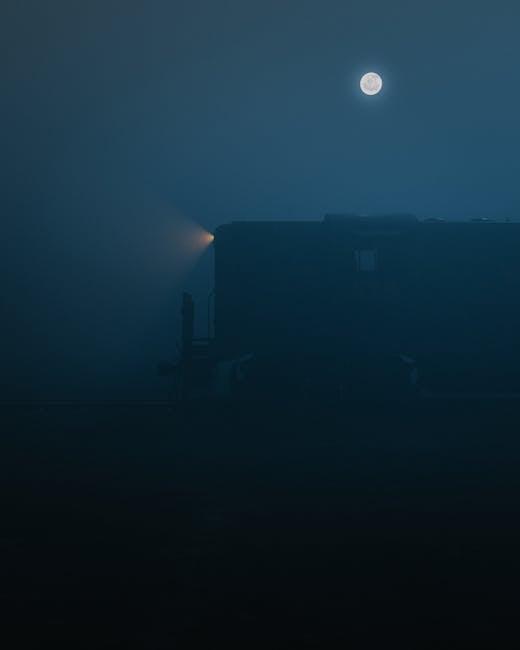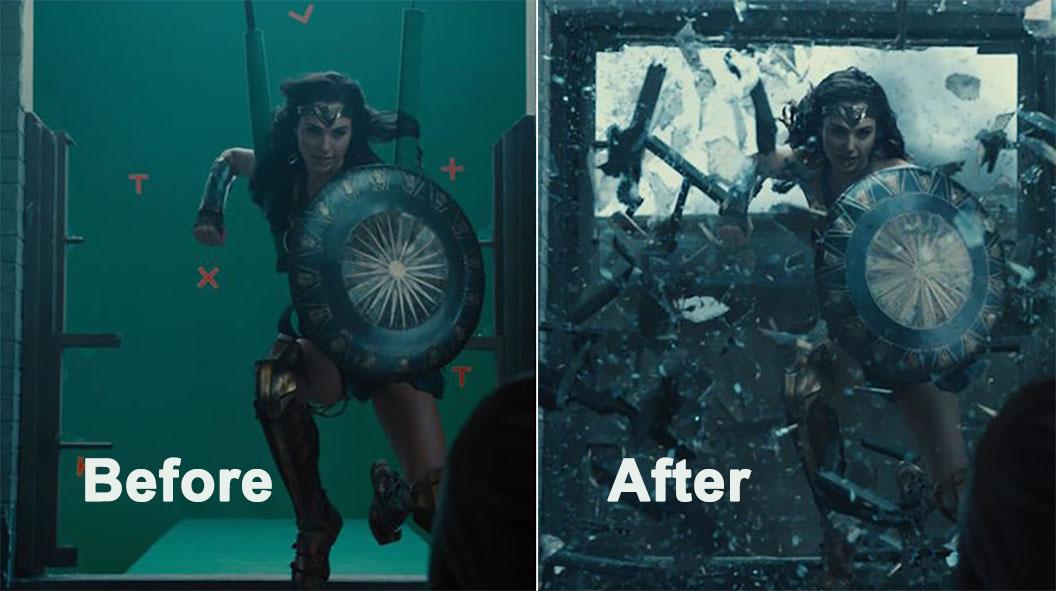In the ever-evolving landscape of cinema, the fusion of computer-generated imagery (CGI) and practical effects has become a hallmark of modern storytelling. This delicate dance between the digital and the tangible crafts worlds that are both believable and breathtaking, drawing audiences into realms where imagination knows no bounds. As filmmakers strive to balance these two powerful tools, understanding the best practices for their integration becomes essential. This article delves into the art and science of combining CGI with practical effects, offering insights into how this synergy enhances narrative depth and visual impact, captivating viewers with a seamless blend of reality and illusion.
Mastering the Blend of CGI and Reality
Achieving a seamless fusion of CGI and real-world elements requires a keen eye for detail and a deep understanding of both mediums. Consistency in lighting is crucial; matching the light sources in CGI with those in live-action shots ensures that both elements coexist naturally. Consider using HDRI (High Dynamic Range Imaging) to capture the full range of lighting in your real-world environment, which can then be applied to CGI assets for more realistic integration.
Texture and material fidelity are equally important. When designing CGI elements, use high-resolution textures and pay close attention to the physical properties of materials such as glossiness, transparency, and reflectivity. This attention to detail helps in crafting CGI that mimics the tangible look and feel of real objects. Additionally, utilize practical effects as a foundation, enhancing them with CGI to add layers of complexity without overwhelming the viewer. This approach often results in a more believable and immersive experience.
- Pre-visualization: Plan scenes meticulously to anticipate how CGI and practical effects will interact.
- Seamless transitions: Use motion blur and depth of field to smooth the transition between real and digital elements.
- Collaborative synergy: Foster open communication between CGI artists and practical effects teams to ensure cohesive vision and execution.

Crafting Seamless Transitions between Digital and Practical
In the ever-evolving landscape of filmmaking, achieving a harmonious blend between CGI and practical effects is both an art and a science. The key lies in understanding the strengths of each medium and strategically integrating them to enhance the storytelling experience. Here are some best practices for achieving seamless transitions:
- Prioritize Planning: Early collaboration between CGI artists and practical effects teams is crucial. This ensures that each element complements the other, minimizing inconsistencies.
- Utilize CGI for the Unattainable: When scenes demand the impossible, like expansive alien landscapes or fantastical creatures, CGI shines. Use it to extend the practical effects, not replace them.
- Enhance Practical with CGI: Subtle CGI enhancements can bring practical effects to life, adding depth and realism. Think of CGI as a tool to accentuate, not overshadow.
- Maintain Visual Consistency: Matching lighting, textures, and color grading between CGI and practical shots is essential for a seamless visual flow.
By leveraging the unique capabilities of both CGI and practical effects, filmmakers can create immersive worlds that captivate audiences, all while maintaining a cohesive visual narrative.

Elevating Storytelling with Integrated Effects
To craft a truly immersive cinematic experience, filmmakers are increasingly blending the best of both CGI and practical effects. This hybrid approach not only enhances the visual storytelling but also anchors the narrative in a tangible reality that resonates with audiences. Creating seamless transitions between digital and physical effects is essential. One effective technique is to use practical effects for close-ups and detailed shots, while CGI can be employed for expansive scenes that demand a broader scope. This combination allows for a more dynamic and believable world.
- Layering Techniques: Start with a practical base and enhance with CGI to add depth and detail.
- Consistent Lighting: Match lighting conditions between CGI and practical shots to maintain visual continuity.
- Real-time Feedback: Utilize on-set monitors to visualize how CGI will integrate with live-action elements.
- Collaborative Teams: Foster communication between practical effects artists and CGI specialists to ensure cohesive outcomes.
By marrying the tangible with the digital, filmmakers can create a more engaging and believable narrative that captivates the audience’s imagination.

Balancing Cost and Creativity in Visual Effects
Striking the perfect balance between cost and creativity in visual effects is an art form in itself. Filmmakers often grapple with the decision of when to employ CGI and when to lean on practical effects. Understanding the strengths of each can lead to more visually compelling and budget-friendly productions. CGI offers unparalleled flexibility, allowing creators to build worlds beyond imagination. However, its costs can quickly escalate if not managed wisely. Practical effects, on the other hand, provide tangible realism and can be more economical for certain scenes, especially when crafted by skilled artisans.
- Leverage CGI for: Expansive landscapes, intricate animations, and scenes requiring dynamic changes.
- Utilize practical effects for: Close-up interactions, physical props, and tactile elements that enhance authenticity.
Collaboration between departments is key to maximizing the strengths of both approaches. By planning scenes meticulously and understanding the cost implications, filmmakers can ensure a seamless blend of CGI and practical effects that captivates audiences without breaking the bank.

